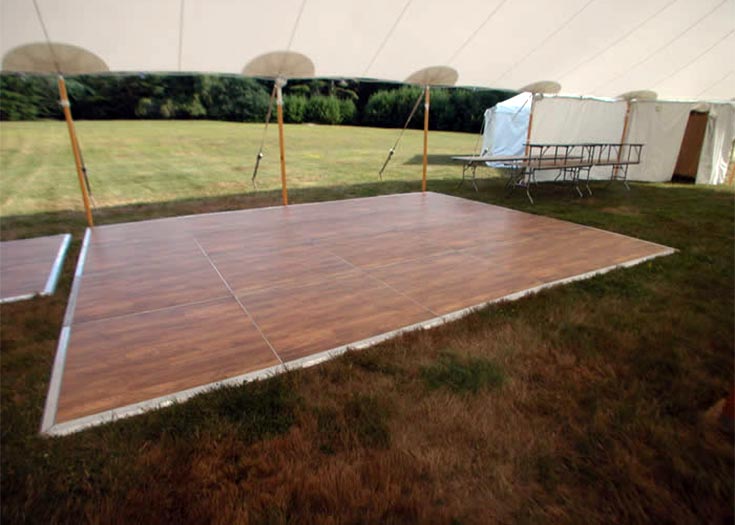
One of the key important aspects of caring for a rented dance floor is routine cleaning. Dust, dirt, and grime can accumulate on the surface, making it hazardous and dangerous for dancers. It is recommended to clean or vacuum the floor before and after each use. For thorough cleaning, a moist mop with a suitable cleaning solution can be employed, but it is important to avoid excessive water, especially on wooden surfaces, as this can cause warping. Using the right cleaning agents is also vital; harsh chemicals can harm the surface and integrity of the floor. Always consult with the leasing company for recommended cleaning solutions.
Another key factor in caring for rented dance surfaces is proper installation and setup. Making sure that the surface is laid out correctly can avoid damage during use. It is important to adhere to the manufacturer's guidelines for installation, which may include using protective underlayment or ensuring that the floor is even. If the floor is modular, ensure that all pieces fit snugly together to prevent tripping risks. Additionally, using safeguarding coverings during setup can help prevent scratches and marks from equipment or furniture.
Climate and moisture control also play a significant role in the maintenance of rented dance floors. Timber surfaces, in particular, are sensitive to fluctuations in the surroundings. High humidity can lead to wood to expand, while low moisture can lead to splitting. It is recommended to keep the dance area at a stable temperature and moisture level. If possible, use dehumidifiers or air conditioning to keep a comfortable atmosphere. This not only protects the surface but also improves the general experience for performers.
Finally, it is crucial to educate all participants about the correct use of the dance floor. Dancers should be aware of the kinds of shoes that are suitable for the floor. For instance, shoes with rubber soles can create too much grip on specific surfaces, while shoes with hard soles sites may scratch the surface. Promoting performers to prepare and recover correctly can also help prevent accidents and injuries. By fostering a culture of care and consideration for the rented dance floor, participants can guarantee that it stays in top-notch condition for future events.